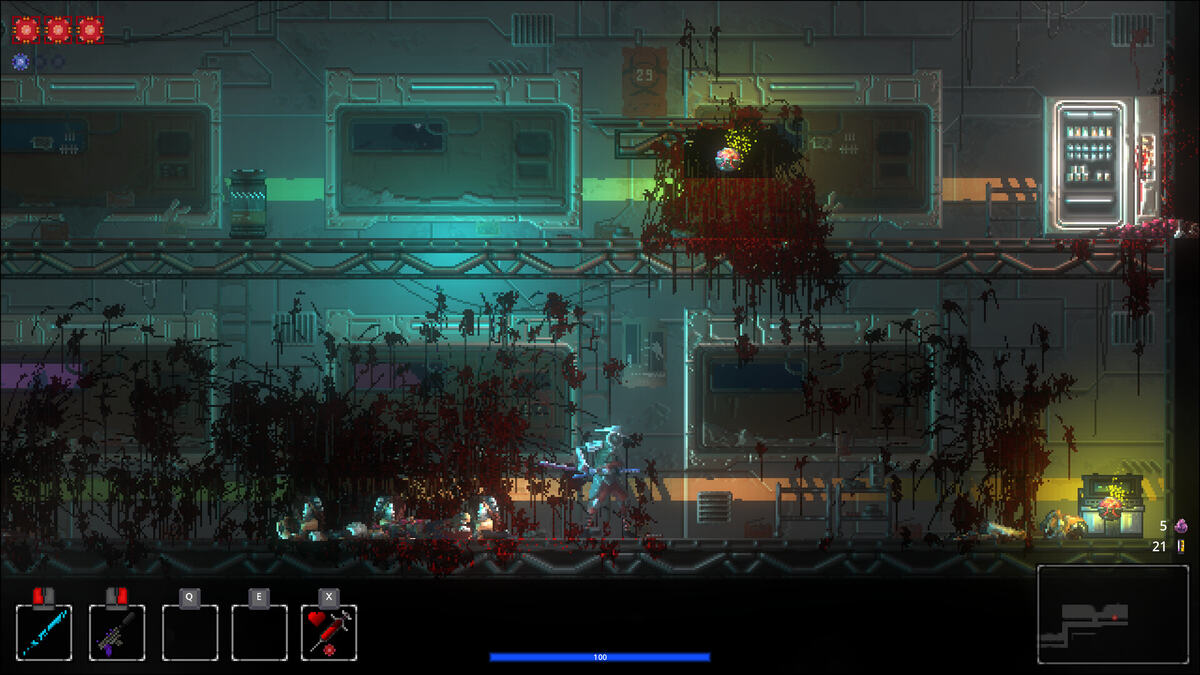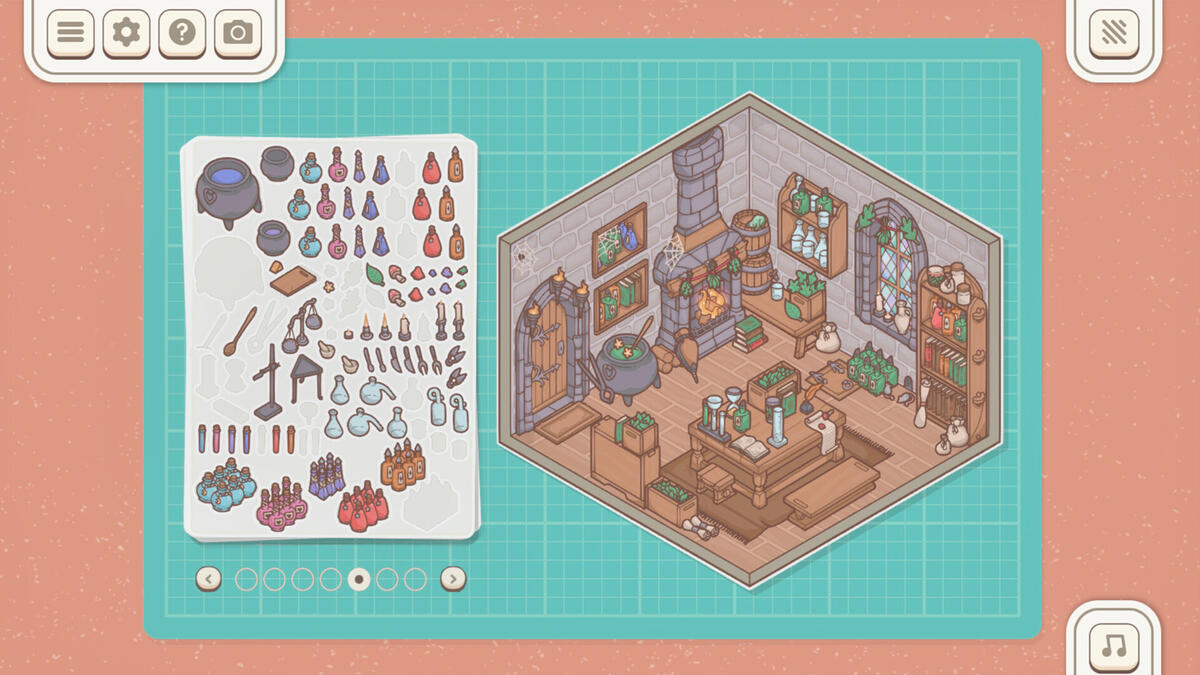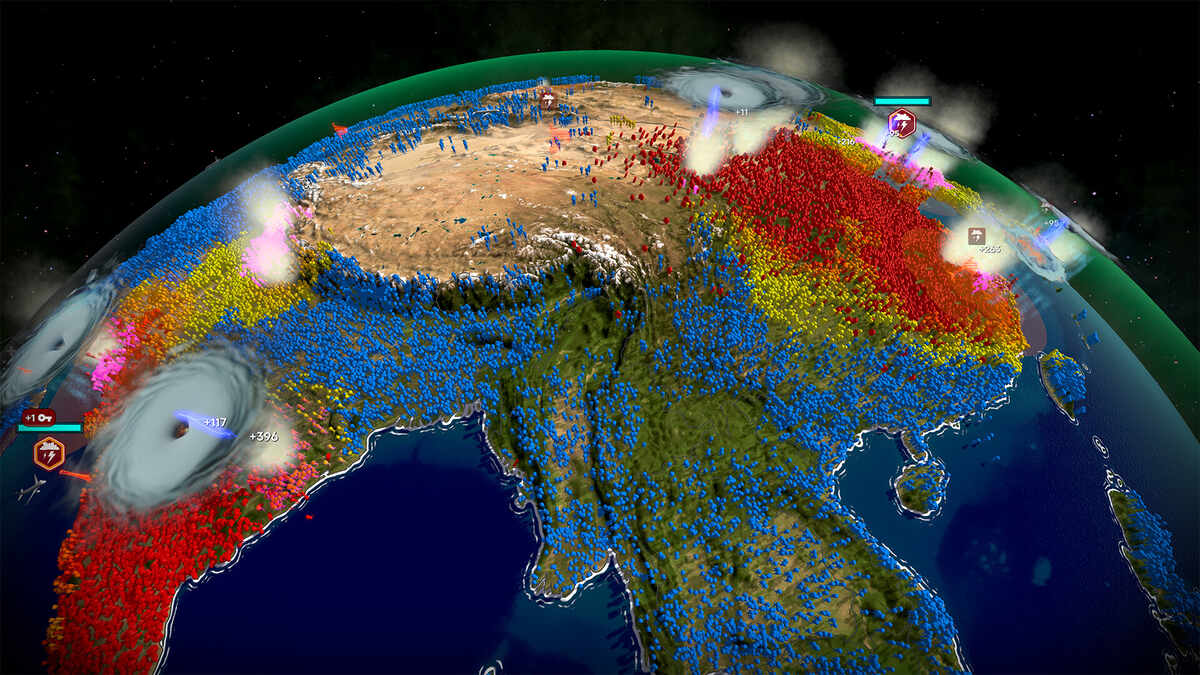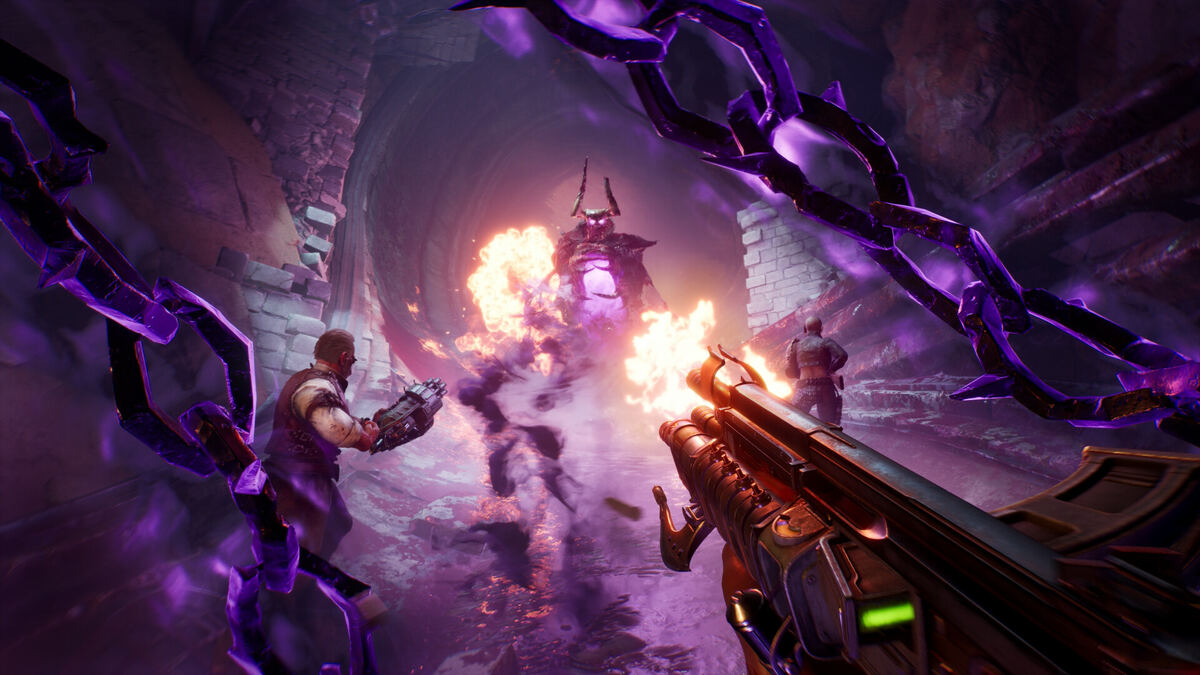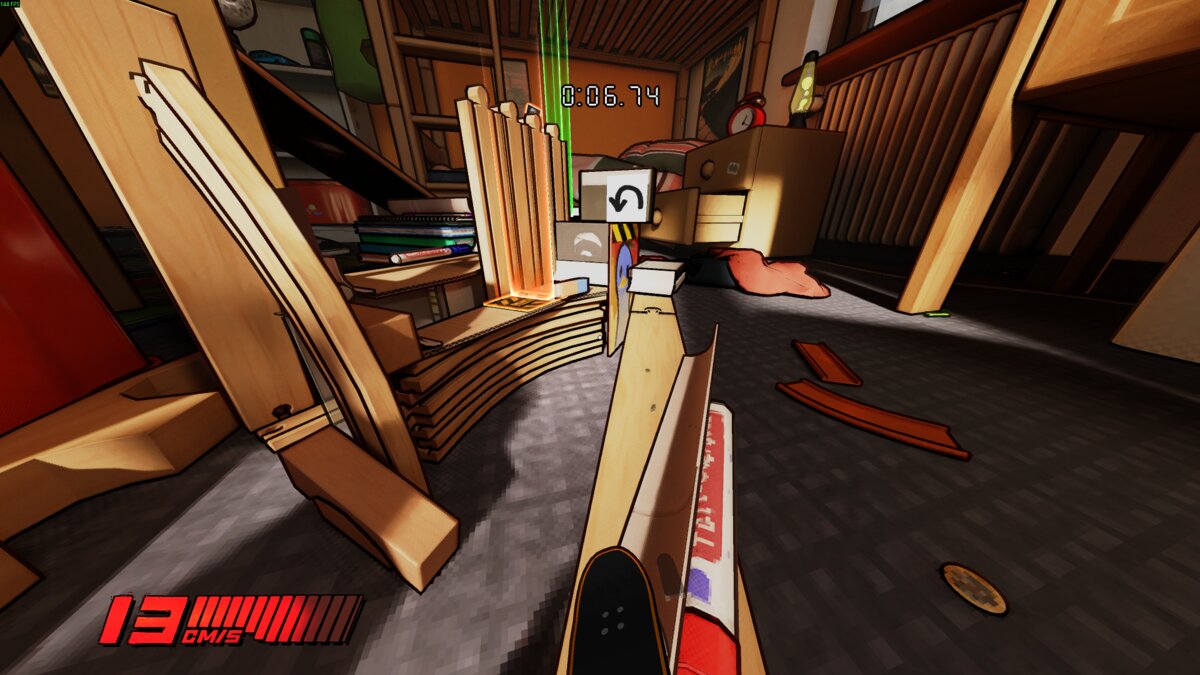You can trust VideoGamer. Our team of gaming experts spend hours testing and reviewing the latest games, to ensure you're reading the most comprehensive guide possible. Rest assured, all imagery and advice is unique and original. Check out how we test and review games here
The despicable lead roles in IO Interactive’s new crime caper are some of the most refreshing characters to take the reigns of a video game in memory, though they are something far more complex than your standard charismatic anti-hero. In equal parts brutal, conniving and unpleasant, they are spluttering lowlifes without even an iota of the charm and wit that some of cinema’s greatest psychotics have used to redeem themselves.
Thrown together by fate and fuelled by hate they are two deeply disturbed men who share a symbiotic relationship based on loathing toward one another and reluctant dependence. They are the Sex Pistols in virtual form, fuelled by disgust for each other. They are Michael Cane in Get Carter and Harvey Keitel in Bad Lieutenant; a pair of men who are disgusting, ugly and pathetic, who communicate most readily through the Neanderthal language of violence. It is unlikely either has washed in a month, and yet somehow stepping into their shoes feels like taking a foot spa at a five-star hotel.
And still they thrive in gaming’s most overused scenario. Theirs is the world of the 3D shooter, and somehow, under the guidance of their Copenhagen-based developer, it really does seem that they could be close to revitalising that tired old stalwart of post-millennium gaming.
To do this, IO (most famous for the Hitman series of games) has conjured up a spectrum of subtle innovations, most evident in the various multiplayer games, but their real coup with regard to reviving the shooter comes from their emphasis. Kane and Lynch is no military title, but instead a classic crime romp in the vein of Heat, Reservoir Dogs and Dog Day Afternoon – Eidos’ next big title certainly has an atmosphere and mystique about it most often associated with films.
The focus in Kane and Lynch is not on the complexity of your arsenal and the intricacy of the targeting system, but on involving you in a world weeping with cool that sweats out danger and tension. Here you can be the meanest of bad guys; an armchair crook without a care for humanity who thrives on breaking noses and shattering lives, and while it feels unsettling, as an exception to the norm it is a damn sight more engaging than assuming the role of some soulless grunt in oversized Kevlar.
Getting to grips with the controls, while it is apparent that there is a streamlined gameplay mechanic, it would be grossly unfair to describe the gameplay as casual or basic. Kane and Lynch absolutely feels the fully-fledged shooter; it is just not one that excludes less dedicated gamers with overwhelming demands. You can fire from cover, blind fire, issue squad commands and do all the other things that a typical Ghost Recon type shooter does, but the game design is forgiving and instinctive, and the topic frees the player from military strategy and convoluted technology.
A third-person-perspective lets you enjoy the grotesque nature of the lead characters’ behaviour, and captures the rather impressive sweeping cityscapes that not only possess a substantial draw depth, but also detail far into the distance. These are best enjoyed when the game, which seems to have a fondness for towering heights, lets you abseil down a sun kissed tower block or hole-punch cops from the roofs above a burger shack car park. Set firmly in a present time frame with the faintest sense of an alternate reality, there is a distant whiff of the futuristic, thanks to the sleek styling and clean-cut lines of everything from the architecture to the furniture.
The main game sees you take control of Kane, a flawed mercenary unpopular with even the most hardened criminals, who carries the weight of a tragic past on his shoulders. Like an immoral Max Payne, he arrives at a point in his life where he has nothing to lose, and just as his existence can’t get any lower, he meets with Lynch, a filthy schizophrenic psychopath who lures him into a murderous adventure involving a mysterious organisation called The Seven who consume IO’s guns-for-hire. For now Eidos is keeping this bloodstained plot close to its chest, but at present it is the various two player modes that garner the most intrigue.
A two player co-operative adventure is included in the form of a drop-in-drop-out addition to the single-player game, meaning to all intents and purposes it is a carbon copy of the main single-player mode, except for one superb addition: if you play as Lynch, you experience his twisted hallucinations. Often mental illness is grossly romanticised in fiction, but here there is no such glossing over. Played split screen, on the left the player in command of Kane may see a crowd of innocent civilians, while on the right Lynch might see the same group as a horde of heavily armed police. Deliberately intended to toy with your mind and the progress you make in exchanges of firepower, this makes for a hugely original idea. Quite how slugs of lead fired from imaginary police will affect Lynch’s health is unclear, but the concept should certainly create some interesting experiences.
The other multiplayer game is one that is likely to attract a fair deal of attention over the coming weeks. The idea of an online shootout that is both cooperative and competitive is not wholly new, but IO is confident enough that it has refined a model of loosely teamwork-based combat to present it as a game in its own right, resolute with its own label. Kane and Lynch: Fragile Alliance’s title is perfectly pitched to capture the mode of this backstabbing free for all.
Each mission in Fragile Alliance starts with your team of eight waiting outside a bank to storm in and take the money. Meanwhile, a getaway van is circling the block ready to make regular stops to pick-up money laden gunmen. Between bursting into the bank and making it to the van you must grab as much money as you can and paint the walls red with the blood of heavily armed police. To win, you need to finish the game with as much money as possible, played over several rounds, which at face value sounds like nothing extraordinary.
The drama therein though, comes from the delicate and intricate system of rules that reward both teamwork and treachery. Kill a fellow robber, and you can pick up their cash as it falls to the floor, but you will be marked as a traitor, and the rewards for your termination will be high. Get killed, and you respawn just once as a cop, who can collect both discarded money and a finders fee. Kill the traitor who ended your life and you gain even more cash. Make it back to the van with another player and you split the total of your combined cash in half, meaning you need to get away alone if you are rich, or dive in with someone else if your profits from the actual raid are rather slight. Leap into a van under heavy fire and it may be blown apart. The rulebook goes on, and while initially overwhelming, in the hands-on time it was apparent how quickly you can learn the huge range of tactics Fragile Alliance allows for. You can work as a team, divide into factions, or even wipe out your whole team before you have got through the front door of the bank, and the volatile balance and tension created is hugely thrilling.
Overall Kane and Lynch appears very interesting indeed. It will of course face a grilling from the censors, who are the only people likely to ruin what is by all accounts a fantastically detailed shooter. Dumbed down it would lose its soul, but otherwise this brutal release is all set to make its mark as one of this year’s most exciting chunks of original IP.
/https://oimg.videogamer.com/images/f8ee/kane_lynch_dead_men_59.jpg)


